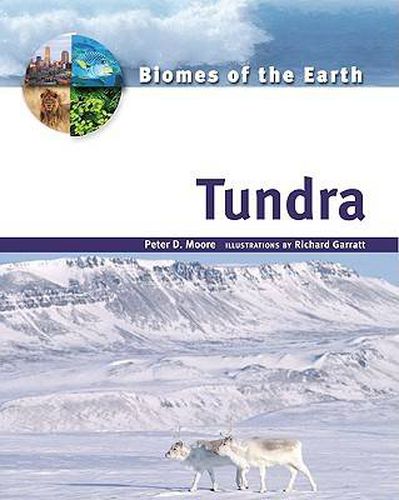Readings Newsletter
Become a Readings Member to make your shopping experience even easier.
Sign in or sign up for free!
You’re not far away from qualifying for FREE standard shipping within Australia
You’ve qualified for FREE standard shipping within Australia
The cart is loading…






The geography and geology of tundra habitats have many physical and climatic constraints. Yet while biodiversity is low, ecosystems still exist in this environment. Much of the megafauna that we are familiar with - such as wooly mammoths and giant elk - inhabited tundra environments, and much of what we know of early human activity took place in this harsh ecosystem.
Tundra
presents a thorough overview of the tundra habitat - past, present, and future. Unique qualities of life, such as slow-growing dwarf trees and animals exhibiting large bodies and small ears, are described and discussed in the context of adaptation and survival strategy. The history and prehistory of tundra are also explored. Past and present exploitation of tundra ecosystems is diverse. There is abundant mineral, gas, and oil wealth in these areas, and ecotourism and winter sports are abundant. As use of tundra ecosystems expands, problems connected with climate change, waste disposal, and other threats to the ecosystem must be addressed.
Tundra
examines these issues and more, in an easy-to-use format perfect for any science library or classroom.
$9.00 standard shipping within Australia
FREE standard shipping within Australia for orders over $100.00
Express & International shipping calculated at checkout
The geography and geology of tundra habitats have many physical and climatic constraints. Yet while biodiversity is low, ecosystems still exist in this environment. Much of the megafauna that we are familiar with - such as wooly mammoths and giant elk - inhabited tundra environments, and much of what we know of early human activity took place in this harsh ecosystem.
Tundra
presents a thorough overview of the tundra habitat - past, present, and future. Unique qualities of life, such as slow-growing dwarf trees and animals exhibiting large bodies and small ears, are described and discussed in the context of adaptation and survival strategy. The history and prehistory of tundra are also explored. Past and present exploitation of tundra ecosystems is diverse. There is abundant mineral, gas, and oil wealth in these areas, and ecotourism and winter sports are abundant. As use of tundra ecosystems expands, problems connected with climate change, waste disposal, and other threats to the ecosystem must be addressed.
Tundra
examines these issues and more, in an easy-to-use format perfect for any science library or classroom.